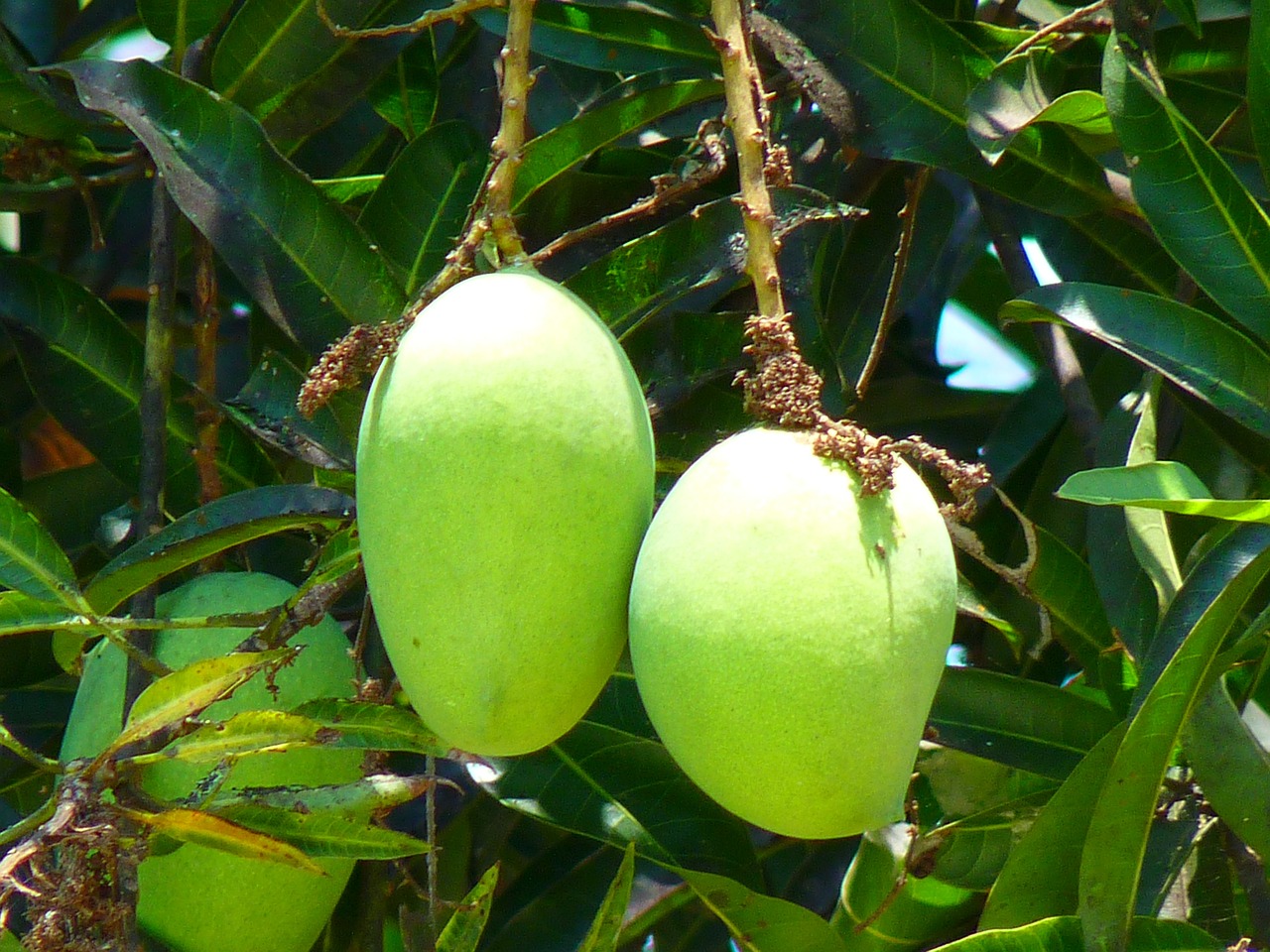Mangoes are renowned worldwide for their sweet and succulent fruit, but few realize the meticulous growth journey the mango tree undertakes before producing these delectable treats. From a humble seed to a towering tree bearing fruit, understanding the mango tree growth stages is crucial for both mango enthusiasts and cultivators. This article takes a deep dive into each stage, highlighting the intricate life cycle of a mango tree.
Mango tree growth stages encompass a variety of phases from seed germination to the post-harvest period. Recognizing and understanding each stage ensures the best care and maintenance for mango trees, facilitating a healthy life cycle and abundant fruit production.
Seed Germination
Seed germination is the inception of the mango life cycle. When the mango seed is sown in fertile soil and provided with the right conditions, it begins to sprout.
- The outer shell of the seed splits open, and a tiny root called the radicle emerges first, delving into the soil.
- As the root establishes itself, a shoot called the plumule starts growing upwards, breaking through the soil’s surface. This heralds the initiation of the mango seed growing stages.
- The seed’s nutrient reserves are utilized during this stage, enabling the growth of the initial leaves. Once these leaves start photosynthesizing, the plant moves to the next phase of its development.
Sapling Stage
The sapling stage follows the initial mango seed growing stages, marking the growth and establishment of the young mango plant.
- During this stage, the plant’s primary focus is on increasing its height and developing a robust root system.
- As it grows, the mango sapling undergoes several mango growth stages, including the development of more intricate branches and foliage.
- It’s imperative to protect the young sapling from pests, diseases, and unfavorable environmental conditions during this stage to ensure its healthy progression to the next phase.
Juvenile Phase
In the juvenile phase, the mango tree is still not mature enough to bear fruit, but it’s on its journey there.
- This phase, part of the life cycle of a mango tree, is marked by vigorous growth in height and canopy spread.
- It’s during the late juvenile phase that signs of the mango tree flowering stages may begin to appear, although fruiting might still be a year or more away.
- Proper pruning and care during this phase ensure a strong framework for the tree, setting the stage for abundant fruit production in the future.
Mature Tree Stage
Reaching maturity signifies the tree’s readiness to produce fruit, marking an exciting stage in the mango tree life cycle.
- Flowers begin to appear on the tree, with pollination playing a pivotal role in fruit formation.
- As flowers develop into fruit, the mango fruit development stages commence, leading to the growth and ripening of mangoes.
- Throughout this stage, the tree may produce fruit annually, depending on environmental conditions and proper care.
Fruiting Stage
Arguably the most anticipated of all mango tree growing stages, the fruiting stage is where all the hard work pays off.
- As the mango tree enters this stage, clusters of tiny fruits start appearing post-flowering.
- Over time, these fruits grow in size and undergo various mango growth stages before they’re ripe and ready for harvest.
- The tree requires additional nutrients during this stage, making fertilization crucial to support the developing fruits.
Post-Harvest
After the joy of a bountiful harvest, the cycle mango tree growth stages enter a brief rest period.
- This stage focuses on the tree recuperating its energy after the intensive fruiting period.
- Proper post-harvest care ensures that any leftover fruits or dead foliage are removed, reducing the risk of pest infestations.
- Regular watering and fertilization help rejuvenate the tree, preparing it for the next fruiting cycle.
Senescence and Decline
Like all living organisms, mango trees also have a lifespan. The senescence and decline stage marks the tree’s gradual aging and reduced productivity.
- During this phase, the tree’s growth rate slows down, and fruit production might be irregular or diminish.
- Older branches may die off, and the tree becomes more susceptible to diseases and pests.
- While this is a natural stage in the stages of mango tree growth, proper care can prolong the tree’s life and productivity.
Care and Maintenance Throughout Growth Stages
Ensuring a mango tree thrives throughout its life cycle requires consistent care and attention.
- From the early life cycle mango seed growing stages to the tree’s mature age, regular watering, pruning, and pest control are essential.
- Understanding the specific needs of the mango plant stages aids in providing tailored care for each phase.
- A healthy tree is the culmination of diligent care throughout the mango tree growing stages, leading to years of fruitful harvests.
Conclusion:
The journey of a mango tree, from a mere seed to a fruit-bearing entity, is a testament to nature’s marvel. Understanding the mango tree growth stages is not just vital for farmers and cultivators but also for anyone who cherishes this incredible fruit. Through knowledge and care, we can ensure that this tree, which gives so much joy to our palates, thrives and prospers for years to come.

